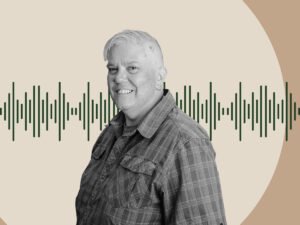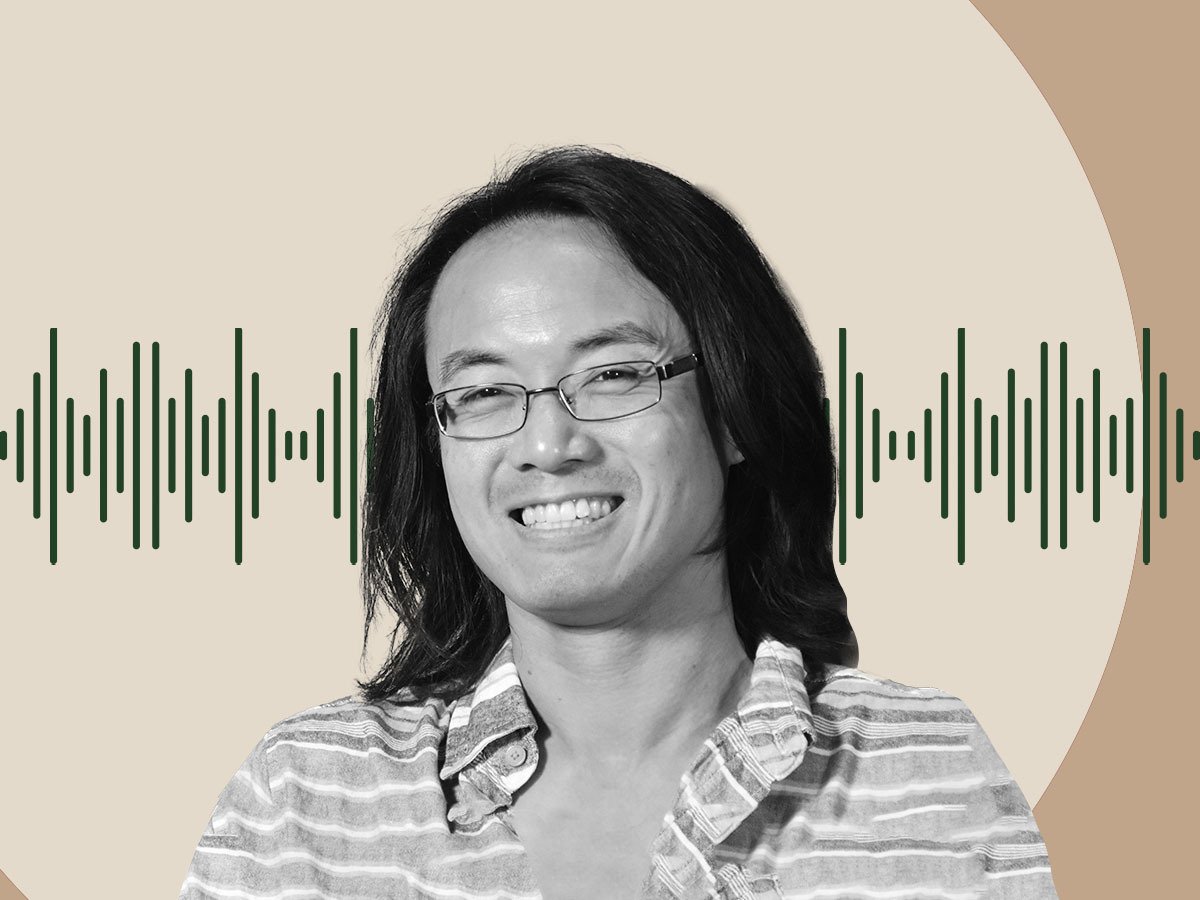
We wanted to highlight this article from the current issue of the Nonprofit Quarterly that we published online last week because we think it is a critically important precursor of what our environment will include as we organize ourselves to pursue social justice over the next four years.
We first heard a description of this independent, cell-based network to protect refugee students this summer, and a number of things struck us about it:
- Its method of connection and controls is informal, based on a collective need to work things out via peer engagement rather than compliance.
- It reflects a “structure” that is loose and voluntary but with a core.
- It evolves to some extent through its conflicts—that is, when opinions differ about what to do next and how, those conflicts, played out relatively publicly online, end up setting the tone and standards of the work.
All of this calls on us to carefully witness and learn what it takes to be productive over time in these loose and shifting structures of cells.
Sign up for our free newsletters
Subscribe to NPQ's newsletters to have our top stories delivered directly to your inbox.
By signing up, you agree to our privacy policy and terms of use, and to receive messages from NPQ and our partners.
While we have never been fans of eschewing organizational structure in the nonprofit sector, it strikes us that we will all be working partly within these looser voluntary paradigms within the next few years. It will be a great benefit to us all if we can understand how they evolve and what we can do to help that evolution head in the right directions.
So, although this article may seem dense and academic at the start, it’s the most on-the-ground description of the inner development arc of a non-organization we have ever read. Its wise observations will serve you well.













